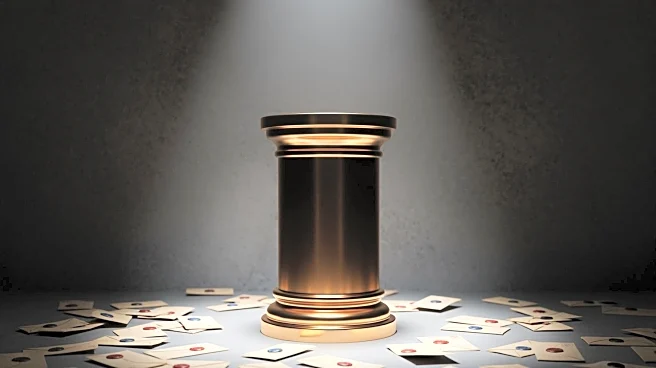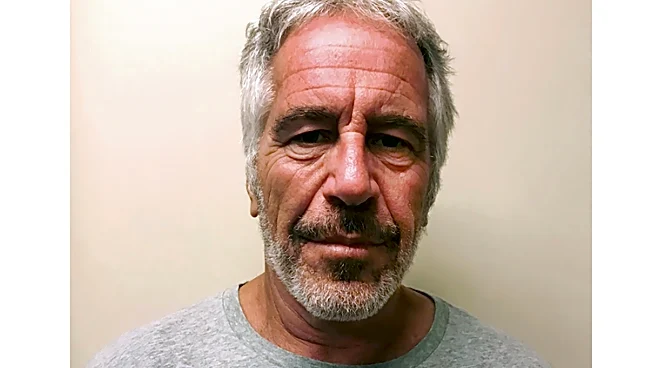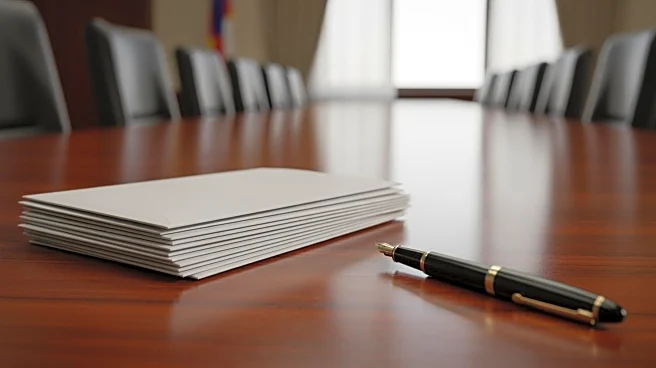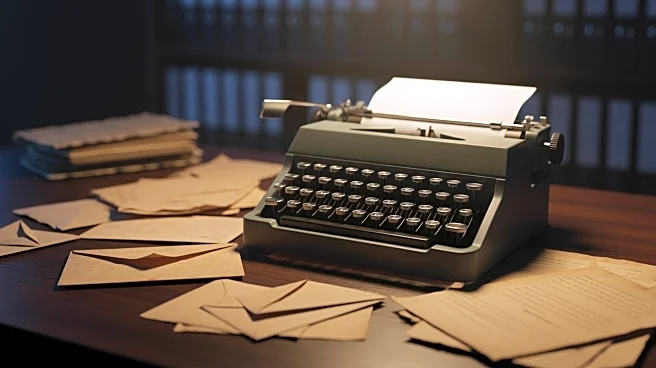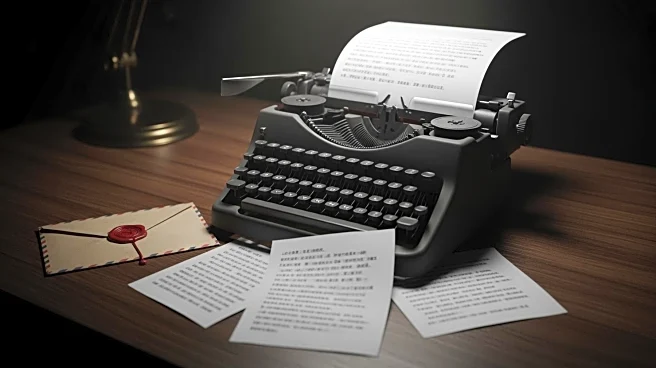What's Happening?
A satirical statue depicting President Trump and Jeffrey Epstein has been reinstalled outside the Busboys and Poets restaurant in Washington, D.C. The statue, titled 'Best Friends Forever,' was initially placed on the National Mall but removed due to permit
issues. Its return coincides with the release of new emails by the House Oversight Committee, prompting renewed scrutiny of Trump's past relationship with Epstein. The installation has attracted public attention, with visitors engaging in discussions about its implications and the broader context of the emails.
Why It's Important?
The reinstallation of the statue highlights ongoing public interest and concern regarding President Trump's historical connections with Jeffrey Epstein, a convicted sex offender. The timing of the statue's return, alongside the release of new emails, underscores the persistent demand for transparency and accountability in political figures' associations. This event may influence public opinion and political discourse, potentially impacting Trump's reputation and future political endeavors. It also reflects the role of art in provoking thought and dialogue on contentious issues.
What's Next?
The statue is expected to remain outside Busboys and Poets for a few days, during which it will likely continue to draw public attention and media coverage. The release of new emails may lead to further investigations or calls for action from political leaders and advocacy groups. As discussions around the statue and the emails unfold, there may be increased pressure on political figures to address their past associations and clarify their positions. The event could also inspire similar artistic expressions aimed at critiquing political figures and their actions.
Beyond the Headlines
The statue's presence raises questions about the intersection of art and politics, and the power of satire in shaping public discourse. It also highlights the ethical considerations of using art to comment on sensitive topics, such as allegations of misconduct and abuse. The event may prompt discussions on the role of public art in fostering civic engagement and challenging political narratives. Additionally, it reflects broader societal debates on accountability and the legacy of public figures.
